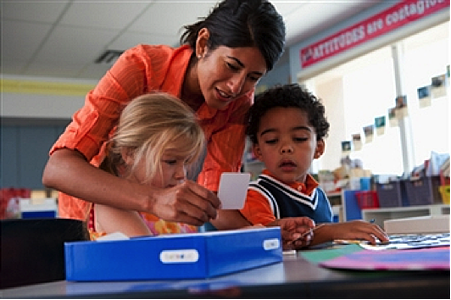
Since I joined Teachstone back in 2010, one of the most common questions I’ve been asked is, “Can the CLASS measure be used in classrooms that serve dual language learners?” I’ve had many conversations about this with CLASS users in the field as well as research colleagues at the University of Virginia.
I’m a researcher, so as you can guess, I don’t like short answers. However, the best short answer I can give to this question is: Yes, with the proper forethought and planning—including making sure that your observers are certified and speak the languages spoken by teachers and children in the classroom. The studies that have looked at this issue show that the CLASS measure can be used validly and reliably in diverse classrooms. The longer answer can be found in a white paper we posted on our website last winter, titled "Dual Language Learners and the CLASS Framework: Research and Recommendations" (you may also like to read a rejoinder to my statement issued by the Campaign for Quality Early Education [CQEE]).
What makes this such a difficult (and sometimes contentious) subject is that language and cultural issues are so deeply intertwined. While the question is usually framed as being about dual language learners, often the deeper concerns are about cultural misfit between the CLASS framework and the child care setting. I don’t want to downplay concerns about children learning English as a second language—language acquisition is critical to later school success and needs to be front and center in these conversations. However, it can be even more challenging to interpret CLASS scores when programs have very different approaches to child care—for example, if adults are expected to sit back from children and not be as actively involved in activities or if there is less language use and social conversation in the classroom.
We recommend interpreting scores in relation to the program’s goals for children. First, clearly define the program’s learning goals—academic, social, and emotional. Then think about what experiences children need to meet those goals and examine how the CLASS framework aligns with the goals. Where there is alignment, use the CLASS framework to provide feedback to teachers and plan for professional growth. Where there is misfit, what other evidence can programs provide about how they are meeting their goals? What other types of professional development might help teachers?
This is a very tough issue, and we continue to learn and refine our thinking about it. I’d love to hear from you in the comments below. How are you using the CLASS framework in diverse settings? What has worked for you?

